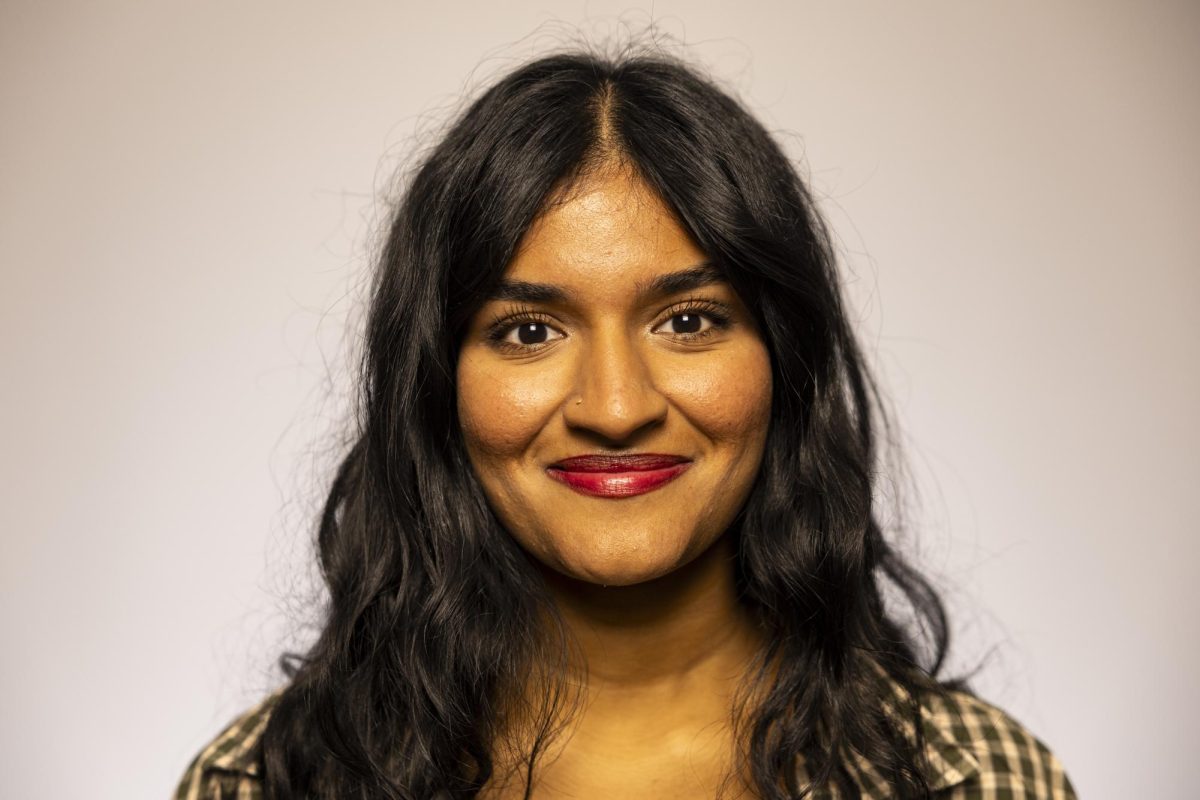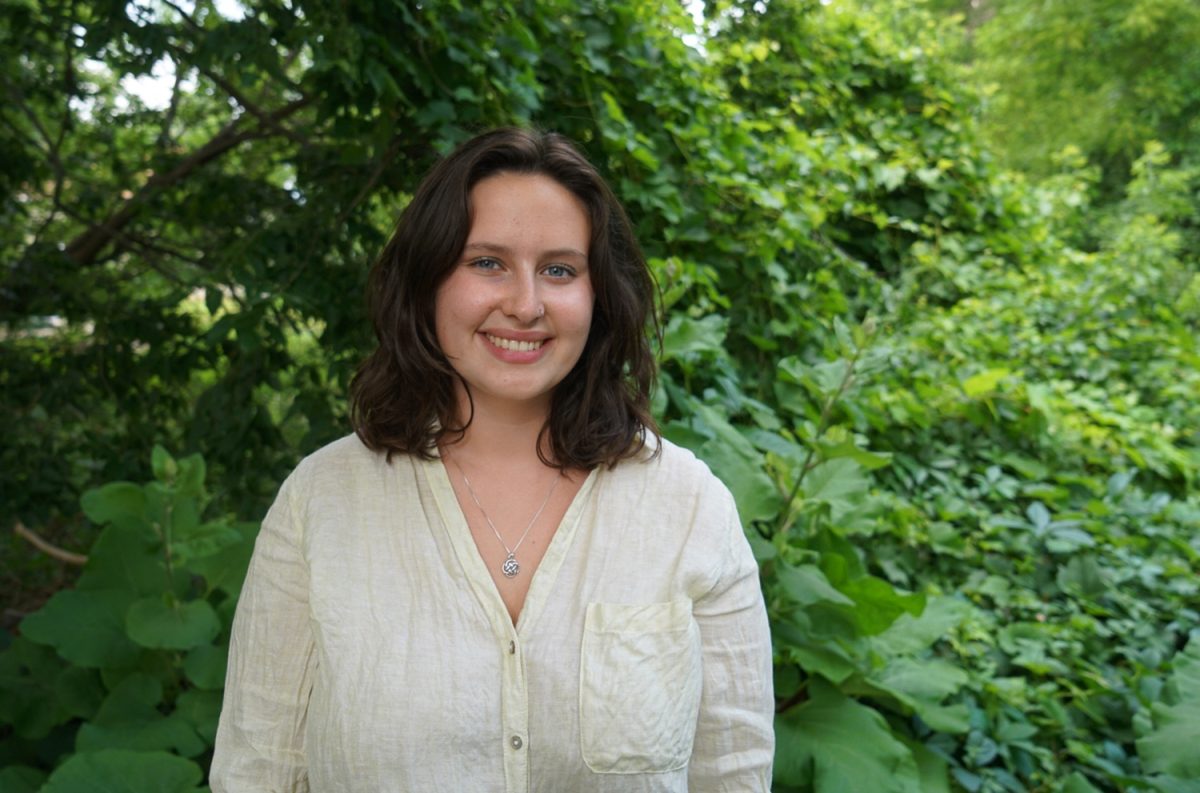Normal is something I’ve always felt people have taken for granted. It’s nothing I’ve ever felt particularly jealous of, but at the same time, its presence (or lack thereof) is something that has followed for me for as long as I can remember.
I remembered feeling insulted the first time my mother proposed the idea of “seeing somebody.” To me, psychologists were for slow kids or the ones that killed small animals. It took me 18 years to finally “see someone” and receive the confirmation that there was in fact something wrong with me.
As a child, I was an abnormally picky-eater with a habit of repeating lines of Disney Channel sitcoms verbatim when talking to people. I can think of a million little things that never really struck me as weird, and by themselves would be considered harmless. Sometimes kids are just weird like that.
As I got older, however, my little quirks weren’t as amusing. I was an avid reader and doing well in school was enough to get people to look past some of the weirdness. Those close to me had their suspicions, but the general consensus was that I would grow out of it … eventually. I wouldn’t say I grew out of it as much as I learned to play the part. Eye contact is good. Small talk is good. Knowing when to shut up is good. For the estimated 1 out of 68 of kids in the United States identified with Autism Spectrum Disorder, playing the part is sometimes as good as it gets.
Autism Spectrum Disorder is a developmental disability that among other things impairs social interaction, basic functioning, and behavior patterns. The term spectrum is used because the way the disorder displays itself can range in severity. It affects about 3.5 million Americans and is found in more children than AIDS, diabetes, cancer, and diabetes combined.
While my mother wasn’t shy about encouraging me to “see someone,” my father wasn’t so keen on the idea. In high school, I remember him trying to assure me that, despite popular opinion, I was in fact normal and a doctor couldn’t tell me any different. What I interpret that to mean now is that we all have the freedom to choose how we live our lives. I think what he was most afraid of was that in my pursuit of normal, I would grow to hate the most important parts of myself. The most important thing I took away from my experiences is that normal is a description of the perception of a person, not the quality of a person, and that distinction needs to be made clear for everyone.
Looking back, I can’t say how much good “seeing somebody” would have done for me. But I can say that finally being able to put a name to the face has made things easier. I say that because I’m old enough now to understand the difference between being normal and living the life that is normal for me. We don’t all get to be normal by society’s definition, but that is definitely not a bad thing. It’s what makes us human.






